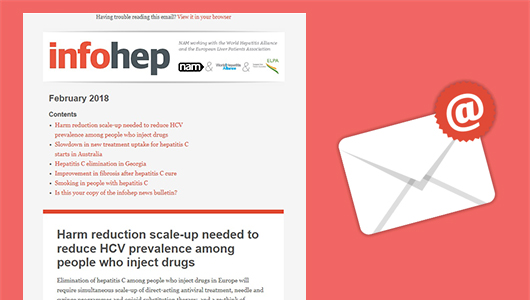Liver specialists in New York report a high frequency of severe COVID-19 cases in organ transplant recipients who became infected with SARS-CoV-2, while Italian specialists report that 15 of 17 patients who underwent liver transplants in northern Italy since early February remain free of SARS-CoV-2. These early reports on the impact of COVID-19 on organ transplants have been published in the American Journal of Transplantation.
People undergoing organ transplants are at higher risk of SARS-CoV-2 infection owing to hospitalisation. They may also be at risk of more severe COVID-19 outcomes after infection due to immunosuppression, although data are lacking to answer this question.
But transplants cannot be postponed so more information is needed about what happens if people who have recently undergone transplants become infected with SARS-CoV-2 and what proportion of patients are becoming infected.
Information is also lacking on what happens to long-term transplant recipients who acquire SARS-CoV-2.
Transplant doctors at Columbia University and Weill Cornell Medical College in New York reported on their experience in the first three weeks of the outbreak in the city. They identified 90 cases of COVID-19, confirmed by PCR testing, in people who had received a solid organ transplant at their clinics. They do not state the overall number of transplant recipients receiving care through their clinics.
Thirteen out of 90 were liver transplant recipients.
People diagnosed with COVID-19 had undergone transplantation a median of six years ago; only three were in the immediate post-transplant period (< 1 month) and 13 had undergone transplantation less than a year before diagnosis with COVID-19.
Twenty-seven out of 90 were classed as severe cases requiring mechanical ventilation and intensive care, the remainder were mild (outpatient) or moderate (inpatient, non-ventilation care) cases.
Severe cases were significantly more likely to have hypertension (78% vs 60%, p = 0.001) and to be aged 60 or over (70% vs 30%), in line with other studies which also show a high prevalence of these risk factors in severe cases.
Compared to Chinese cohorts of hospitalised patients, the investigators say that the proportion of transplant patients with severe disease appeared higher. One in four transplant patients admitted to hospital with COVID-19 died (16 patients) and 18% of all transplant patients presenting with COVID-19 died.
The investigators say that because of the high death rate in transplant patients, there is an urgent need to identify the most effective treatment strategies for this patient group.
The use of immunosuppressive drugs might prolong viraemia in COVID-19 patients and lead to more severe illness, but reducing immunosuppressive treatment might lead to graft rejection, the investigators say. Doses of antimetabolite immunosuppressive drugs were reduced or held in 88% of patients (42 of 48) but steroid doses were reduced in only 3 of 43 patients and calcineurin inhibitors in 10 of 56 patients. No cases of rejection were detected during the 20-day observation period.






Connect with infohep on Facebook: Keep up to date with all the latest news and developments.
Follow infohep on Twitter for links to news stories and updates from infohep.org. Follow us at www.twitter.com/infohep.
Follow all the infohep news by subscribing to our RSS feeds.